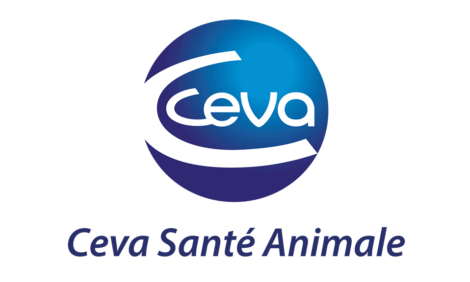



How to Assess Environmental Impact of Meat Production
GLOBAL - The need to reduce the environmental impact of food production will become ever more pressing as agriculture doubles production to feed nine billion people in 2050.To achieve the balance of food and livestock production and their environmental impact, the Food and Agriculture Organisation of the United Nations has established a mechanism for assessing and establishing sustainable production practices.
The Global Livestock Environmental Assessment Model, GLEAM, provides detailed data on animal numbers, production and emissions, a comprehensive life cycle assessment of livestock sector’s environmental impacts.
And now a new website has been launched to make the model more accessible to all involved in food and livestock production.
According to the FAO the livestock sector will play a multifaceted role in this context, providing essential products and services to millions of herders, producers and consumers.
The FAO said that it is a safety net for a large number of rural poor.
It is a key element of mixed farming systems, consuming agricultural waste products, producing manure for fertilizing and providing draught power.
Globally, about half of the value of agricultural output is related to livestock and is being recognised as one effective contributor to rural poverty alleviation.
However, FAO said that livestock also has an equally important role to play in improving the sustainability of agriculture.
“There is virtually no environmental aspect that does not interact with livestock,” FAO said.
“Livestock is the largest single user of terrestrial land, with one third of the land used for grazing and animal feed cultivation. About eight per cent of global freshwater use is attributed to livestock production.”
The interaction between livestock and biodiversity is vast and highly complex, with both beneficial and detrimental effects.
The livestock sector is a significant contributor to the anthropogenic greenhouse gas (GHG) emissions.
In 2005, 7.1 billion tonnes of CO2-equivalent were emitted by livestock production activities, representing about 14 per cent of total human emissions.
FAO said that understanding where and how those impacts take place is paramount to support its efforts to end hunger and poverty.
The Global Livestock Environmental Assessment Model (GLEAM) simulates the main stages of livestock production using a life cycle assessment (LCA) approach.
The FAO said that the use of LCA methodologies in the evaluation of complex scenarios, such as agricultural production, has risen in the last years.
“An important strength of LCA is the ability to perform a systematic and comprehensive analysis of the system,” said FAO.
“It allows the identification of environmental burdens and the potential effects of interventions. The latter aspect is essential to detect those options that would merely shift impacts along the chain.”
GLEAM provides a detailed, spatially explicit simulation of animal populations’ distribution and their main edible products for six species: meat and milk from cattle, buffaloes, sheep and goats, meat from pigs and meat and eggs from poultry.
The model uses geo-referenced climatic data and feed yields, allowing the analysis of local drivers and constraints of animal production.
The current version of GLEAM focuses on the quantification of GHG emissions, namely methane (CH4), carbon dioxide (CO2) and nitrous oxide (N2O), using Tier II methodology in animal derived emissions from enteric fermentation and manure management.
This feature enables a more accurate information on how feeding and manure management options can be used for mitigation.
GLEAM has already been used in a number of assessments at global, regional and national levels, for different productions systems, animal species and locations, demonstrating its capability as a supportive tool for stakeholders and policymakers and constantly improving from the feedback received in the field.
The launch of a dedicated website aims at bringing GLEAM and its capabilities closer to key stakeholders such as producers, academia, policymakers and civil society as part of the continuous efforts of FAO in supporting a sustainable, inclusive and productive agriculture.








